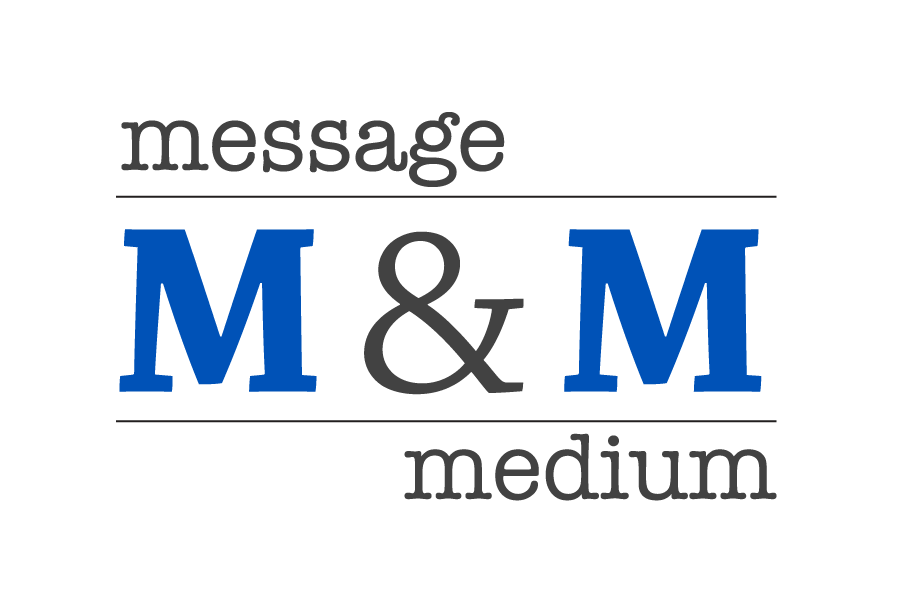Last night I attended an intriguing event sponsored by Social Media Club Boston, called "Everything You Always Wanted to Know About Experiential Marketing" at the Microsoft NERD Center in Kendall Square. Featured speakers Geoff Livingston (blogger, consultant and co-author with Gini Dietrich of Marketing in the Round) and Terry Lozoff, CEO of Antler, an interactive and social marketing agency, engaged in a wide-ranging discussion and Q/A that was essentially a call to action for marketing pros to de-silo the various elements of on- and off-line marketing and brand engagement. Fundamentally, by melting the walls between various marketing and communications activities, an organization can leverage and amplify its message to prospects, customers and influencers. Cheap and easy-to-use social and mobile technologies are the latest catalysts that lower the barrier to creating a complete "in-the-round" engagement experience -- to borrow Geoff and Gini's title. One of my key take-aways may be largely semantic but, in a world were customers and prospects have so many opportunities to interact directly and indirectly with an organization, every type of marketing is experiential..or can be experiential. The point remains -- as Terry and Geoff sharply pointed out -- that not enough organizations are cognizant of this fact. Too many still operate with a fiefdom mentality and possess only a limited ability to think in a 360-degree manner, let alone act in that fashion. My personal add here, as I tossed out last night, was that there are still too many corporate decision-makers who have a limited sense of what "brand" is, or what a brand can be beyond logo, tagline and "brand attributes" that are shoved down consumers' throats. The rapidly diminishing barriers to total customer contact have made it such that everything from customer service to investor relations to corporate social responsibility (PLUS all the usual marketing suspects) are elements that must be considered as part of the brand engagement experience.
That said, I don't believe any company entirely owns its brand any more than we entirely own our personalities as individuals. Brand is the result of the emotional engagement and response between a customer or prospect and a company. A brand is born and evolves via these myriad interactions. Companies can go a long way to fostering the conditions -- to building a genuine experience -- that result in a positive and particular brand image. However, organizations can only do this effectively if they truly understand and account for the ever-growing number of opportunities for communication, conversation and influence that consumers can use to help produce that image. They must then work to cultivate and leverage an interactive exchange between those elements.
